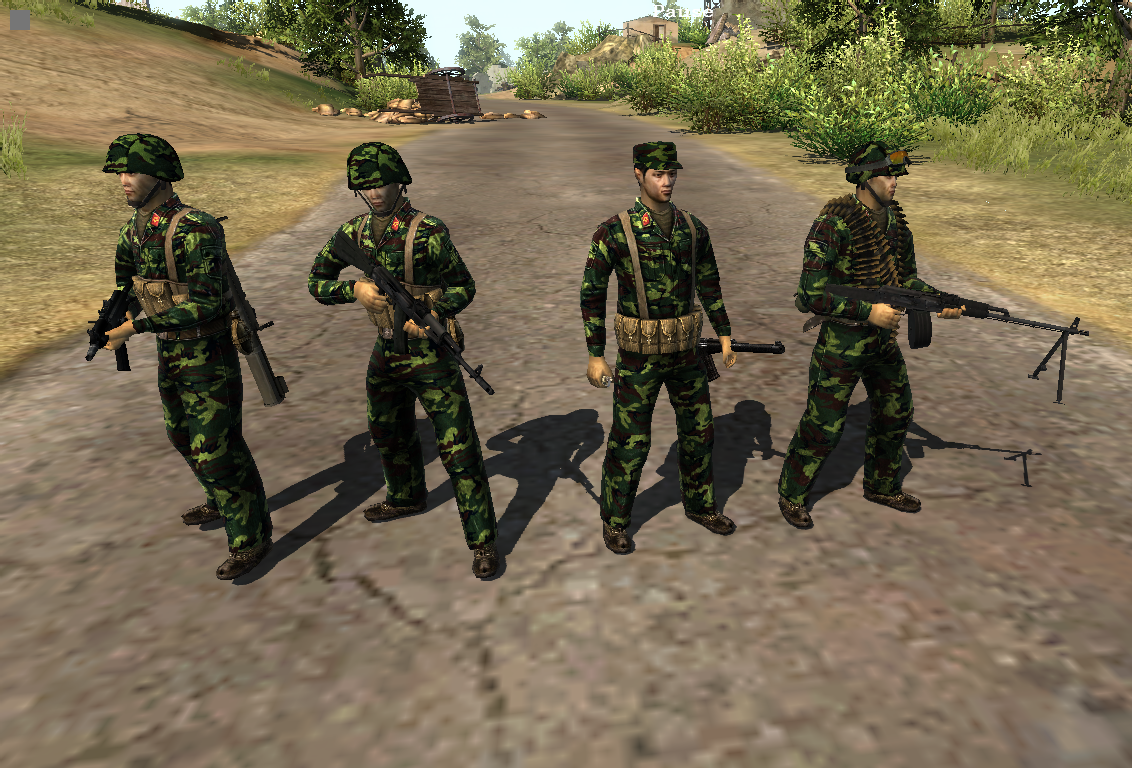Aryan
The English word 'Aryan' comes from the Sanskrit word ārya, which is the self-designation used by the Vedic Indic people who migrated into the Indian subcontinent around 1500 BCE. The Sanskrit term has a cognate in the Iranian word arya, which is also a self-designation. Both the Sanskrit and the Iranian terms descend from a form ārya that was used by the Indo-Iranian tribes to refer to themselves, a term which is also connected to the source of the country-name Iran, from a phrase meaning Kingdom of the Aryans. The term Aryan has had a history filled with controversy.
Aryan - A Misused Term
The original meaning of the term is unknown and different meanings have been proposed, the most common being 'nobleman'. During the 19th century CE, it was proposed that this was not only the Indo-Iranian tribal self-designation but also the self-designation used by the ancestors of all Indo-Europeans, which is a theory no longer accepted. Aryan then came to be used as a synonym of Indo-European. Some time later it was further proposed that the ancestors of the Indo-European people had their homeland located in northern Europe, implying that Indo-Europeans were originally of a Nordic racial type. Thus, Aryan developed yet another, purely racial meaning, probably one of the most familiar meanings today.
Advertisement
The Aryan Migration
Arianism, in Christianity, the Christological position that Jesus, as the Son of God, was created by God. It was proposed early in the 4th century by Arius of Alexandria and was popular throughout much of the Eastern and Western Roman empires. It was denounced as a heresy by the Council of Nicaea in 325.
Before the time of the Aryan migration into the Indian subcontinent, there was a highly developed civilization in ancient India known as the Indus Valley Civilization, which was located in what is Pakistan and northwest India today, on the fertile flood plain of the Indus River and its vicinity. The earliest evidence of religious practices in this area dates back approximately to 5500 BCE, farming settlements began around 4000 BCE, and around 3000 BCE there appeared the first signs of urbanization. By 2600 BCE, dozens of towns and cities had been established, and between 2500 and 2000 BCE the Indus Valley Civilization was at its peak. The evidence suggests that the Indus Valley Civilization had social conditions comparable to Sumer and even superior to the contemporary Babylon and Egypt.
By 1500 BCE the Aryans migrated into the Indian subcontinent. Coming from central Asia, this large group of nomadic cattle herders crossed the Hindu Kush Mountains and came in contact with the Indus Valley Civilization. This was a large migration and used to be seen as an invasion, which was believed by some scholars to be behind the collapse of the Indus Valley Civilization; this hypothesis is not unanimously accepted today.
Today scholars have a different understanding of how things developed. We know that a process of decline was already underway in 1800 BCE; some say that the Saraswati River was drying up, others that the region suffered catastrophic floods. The consequences of either event would have had a catastrophic effect on agricultural activity, making the economy no longer sustainable and breaking the civic order of the cities. The evidence supporting the decline of the Indus River Civilization is compelling: writing started to disappear, standardized weights and measures used for trade and taxation purposes fell out of use, the connection with the Near East was interrupted, and some cities were gradually abandoned.
Advertisement
In Myth & Literature
Linguistic studies have shown that as the Aryans migrated into the Indian subcontinent, the Aryan language gained ascendency over the local languages. They also gradually adopted an agricultural lifestyle which was widely established by around 1000 BCE. Despite the fact that we have no historical records of this period, we have a mythical record in the form of religious literature known as The Vedas, one of the most important religious books in Indian history. Stories about ancient Indian warfare and other hostilities are recorded in the Vedas, but the historical reliability of these episodes is uncertain.

HOWEVER much we may feel assured that ultimately truth will prevail, in the practical affairs of life it often befalls that we must watch the dry light of reason pale and flicker in the hot breath of a theory which, illogical and perversive of fact though it may be, appeals to the emotions, the passions and the interests, of the uninstructed, but socially and politically powerful, elements among mankind. The dogma of the Aryan race, which recently has burst like a shell over an astonished world, though formulated on a view of racial affinities fundamentally obsolete and a biased interpretation of archaeological fact, with the aid of the mystic symbols of the swastika, the arm raised in salute and a Messianic leader, has swept Germany off her feet by setting up an ideal, which recalls the ancient glories of the Germanic peoples in a period of political and economic depression, and holds out a promise of their revival through a racial regeneration.
 Mod Posted over 7 years ago; 32 downloads; Download this if you have the Retail version of Men of War Vietnam. Operation Breezy is a fictional campaign created to give Men of War players a different vibe to the game. Men of War: Vietnam is a new game in the critically acclaimed series. Two new, story-driven campaigns let you taste the explosive mix of the jungle, Hueys and rock-n-roll in early 1968.
Mod Posted over 7 years ago; 32 downloads; Download this if you have the Retail version of Men of War Vietnam. Operation Breezy is a fictional campaign created to give Men of War players a different vibe to the game. Men of War: Vietnam is a new game in the critically acclaimed series. Two new, story-driven campaigns let you taste the explosive mix of the jungle, Hueys and rock-n-roll in early 1968.